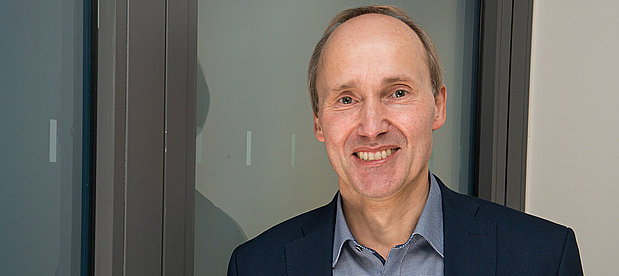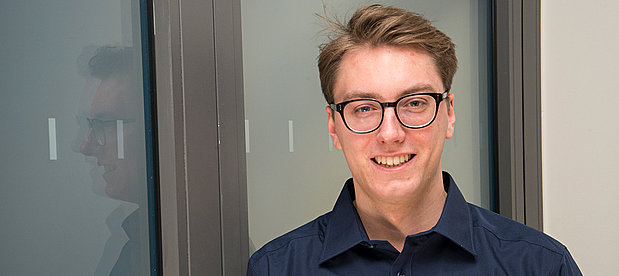The project aimed at investigating indicators that could be used to make the calibration period of water meters more flexible in order to reconcile the resource-conserving operation of the water supply with ensuring measurement accuracy. For this purpose, data sets from accredited testing laboratories and water utilities were collected and analysed using multivariate algorithms.
If water meters are used for commercial purposes, they must be calibrated or conformity-assessed. According to German calibration law, the calibration period for water meters is six years (MessEV, 2014). It can be extended by further calibration periods of usually three years by passing a sampling inspection procedure (GM-VA SPV, 2018).
The overall objective of the project was to investigate indicators that could be used to make the calibration period of water meters more flexible. Making the calibration period more flexible would be a possible approach to reconcile resource-efficient operation of the water supply with ensuring the accuracy of the measurement.
Within the framework of the research project, two data sets were examined. The first (inventory dataset) contains results from past sampling inspections. The data set was provided by accredited testing laboratories.
For the collection of the second data set (meter testing data set), water meters from the periodic meter replacement of 21 water utilities were tested. In addition, comprehensive supplementary data on the meters were collected, e.g. information on water quality and the material situation of the upstream drinking water distribution network. This data formed the basis for the multivariate data analysis.
In a direct comparison, fewer water meters complied with the maximum errors permitted in service in the meter test data set than in the inventory data set. This is attributed to the fact that the inventory data set takes into account meters for which the water utilities expect an extension of the calibration period through the sampling inspection. The meter test data set, on the other hand, contained mainly meters from companies that do not conduct the sampling inspection.
A random forest algorithm was used for the multivariate data analysis. With the help of the algorithm, the meters can be systematically classified and the dependencies between the meter properties (e.g. water quality, meter reading, etc.) and the measurement error can be examined. Due to the limited data basis, a statistical procedure was developed, the representative sampling, which uniformly selects input data with the greatest possible variance for the algorithm.
As a result of the investigations, the parameters "turbidity" (at the network inlet) and "meter reading" were identified as the main factors influencing the measurement behaviour of water meters. A further, univariate analysis of these two parameters confirmed the results of the algorithm. With increasing turbidity values or increasing meter readings, the water meters in the considered data set exceeded the error limits more often.
In summary, it can be said that the research project created a procedure for identifying and evaluating influencing factors, e.g. water and pipe network properties, for the measuring behaviour of water meters. In order to further discuss more flexibility of the calibration periods of water meters, further data collections and analyses are required in accordance with the developed approach.


![[Translate to English:] Prüfstelle-Produktprüfung_Teststand Test centre and product testing](/fileadmin/_processed_/0/9/csm_TZW-Karlsruhe_Pruefung_Geraete-Teststand_444204ae51.jpg)
















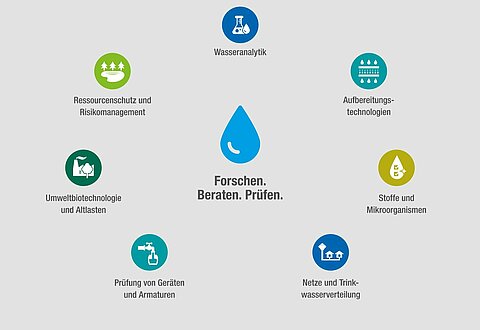
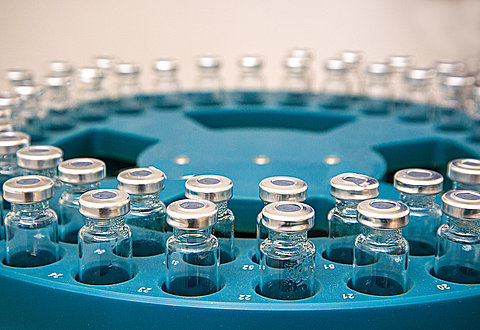
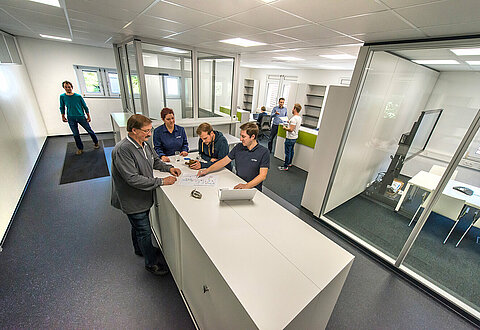
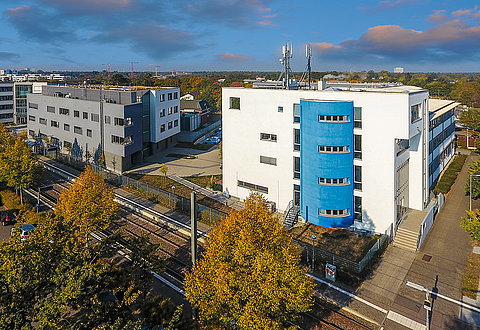
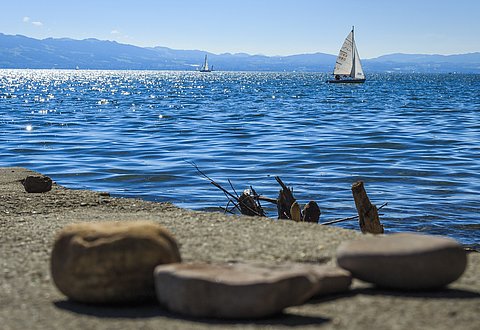


![[Translate to English:] [Translate to English:]](/fileadmin/_processed_/8/e/csm_Wasserzaehler_49f57c70dd.jpg)
